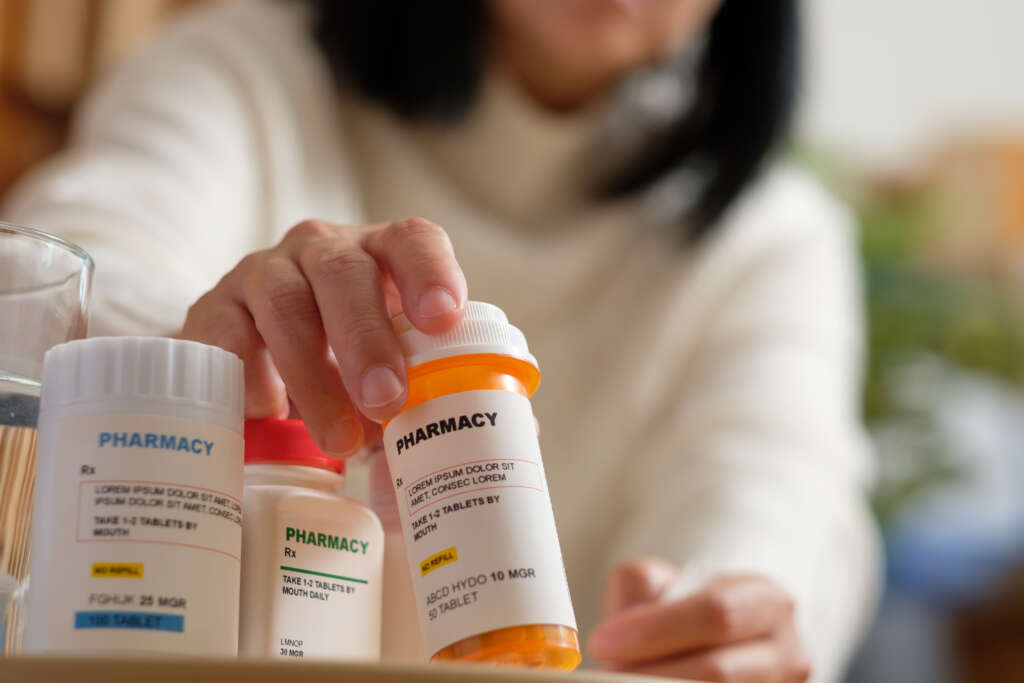Share This Article
Contrary to popular belief, drug manufacturer coupons aren’t just marketing gimmicks. The reality is that these corporate-sponsored discount programs can reduce expensive brand-name medications to as little as $0 per month, but only if you understand how to find and use them strategically.
Most people assume these savings are too good to be true or too complicated to access. Yet manufacturer copay assistance reached $23 billion in 2023 and was used for 19% of all privately insured prescriptions.
How Manufacturer Coupons Actually Work
The Basic Structure These coupons work alongside your existing insurance, not instead of it. Your insurance pays its portion first, then the manufacturer covers part or all of your remaining copay or coinsurance. If you don’t have insurance, the manufacturer may cover a significant portion of the cash price.
Real Savings Examples The reality is that these programs can dramatically reduce costs. Popular medications like Humira, diabetes drugs, and specialty treatments often offer coupons that cap monthly costs at $5-35, even when the drug’s list price exceeds $1,000 per month.
Who Can Use Them Most manufacturer coupons are available to anyone with commercial insurance. However, federal law prohibits their use with Medicare, Medicaid, or other government insurance programs due to anti-kickback regulations.
Finding Hidden Savings Programs
Start with the Drug Manufacturer’s Website Most pharmaceutical companies prominently feature their savings programs. Look for sections labeled “Savings,” “Patient Support,” or “Copay Cards.” GoodRx maintains the largest database of copay cards, covering more than 700 medications.
Ask Your Healthcare Providers The reality is that doctors and pharmacists often know about available programs but may not mention them unless asked. Many manufacturer representatives visit medical offices specifically to inform providers about these savings opportunities.

Understanding Program Requirements
Insurance and Income Requirements Most programs require you to have commercial insurance. Some programs have income limits, usually set at 200-400% of the federal poverty level, but many have no income restrictions at all.
Time Limitations Most coupons aren’t permanent solutions. Many limit savings to 6-12 months, while others cap the total annual benefit at $3,000-12,000. Some programs require re-enrollment annually, so mark your calendar.
Patient Assistance Programs vs. Copay Cards
Income-Based Patient Assistance True patient assistance programs (PAPs) are different from copay cards. PAPs typically require extensive financial documentation and can provide free medications to qualifying low-income patients. These programs often require applications that take 2-4 weeks to process.
Copay Cards for Insured Patients In simple terms, copay cards work faster and require less paperwork. Most can be activated online immediately and used at your next pharmacy visit. However, they’re generally only available to people with commercial insurance.
Common Pitfalls to Avoid
Copay Accumulator Programs Some insurance plans use “copay accumulators” that prevent manufacturer payments from counting toward your deductible or out-of-pocket maximum. This means you could face unexpected costs later in the year when the manufacturer benefit reaches its limit.
State Restrictions Some states have banned or restricted manufacturer coupons for drugs with generic equivalents. California and a few other states have implemented these restrictions to encourage generic use.
Program Expiration Planning You should have a backup plan before your coupon expires. Work with your doctor to identify generic alternatives or apply for patient assistance programs well before your current savings end.
Smart Shopping Strategies
Compare All Your Options Manufacturer coupons aren’t always your best deal. Sometimes generic alternatives, pharmacy discount programs, or even paying cash at certain pharmacies costs less than using a brand-name coupon.
Read the Fine Print Program terms vary significantly. Some limit the number of prescription fills, others cap monthly or annual savings, and many require activation before first use. Understanding these details prevents surprises at the pharmacy.
Additional Resources If manufacturer coupons don’t provide enough help, additional resources exist. Organizations like Good Days, Healthwell Foundation, and Patient Access Network Foundation offer financial assistance for specific medical conditions.
Drug manufacturer coupons represent a legitimate way to reduce prescription costs, but success requires understanding program requirements, limitations, and strategic timing.


